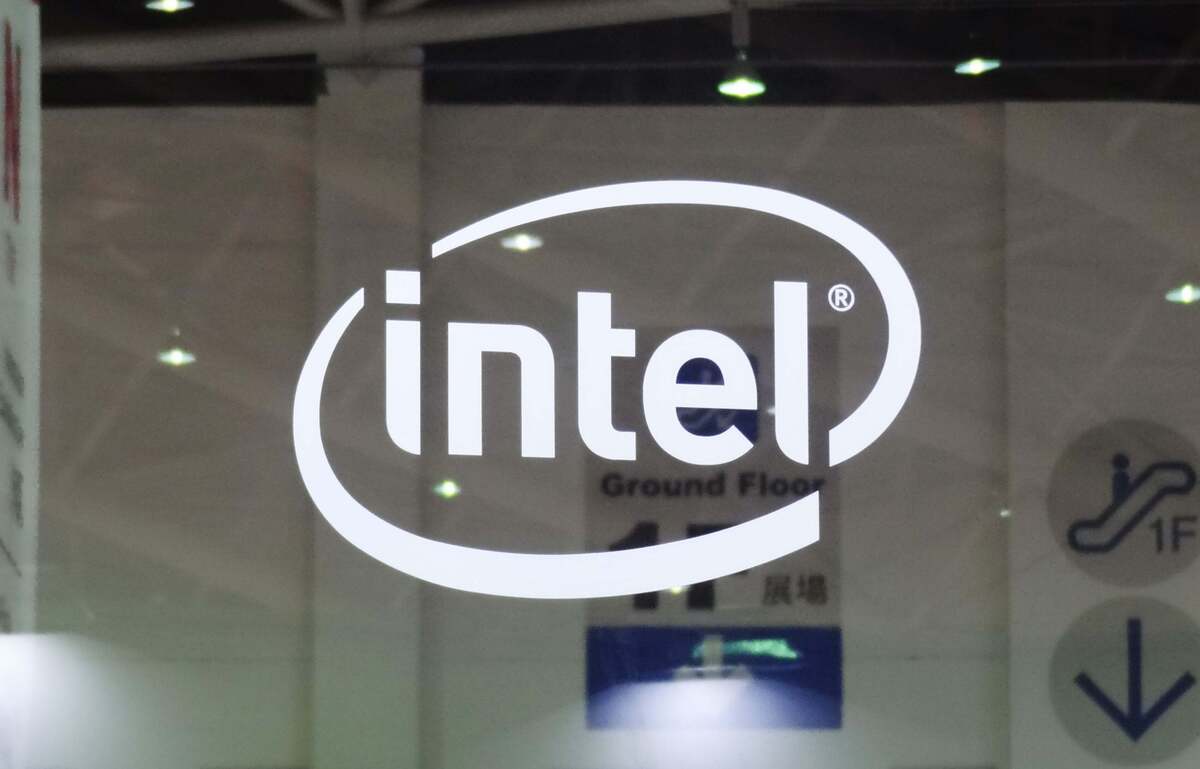- Forrester TEI report: 3 powerful ways AI can drive organizational success
- Can a home wind turbine replace my solar panels? My results after weeks of testing
- Microsoft's new Surface Pro and Surface Laptop are lighter and cheaper (and I love the new colors)
- Did you know that Windows 11 has a secret restart method? Here's how to access it
- This Lenovo ThinkPad model ditches a decade-long streak - and I'm glad it did
Overdependence on PCs and servers drag Intel down

A combination of macroeconomic headwinds and internal problems led to Intel’s revenue dropping 22% to $15.3 billion in the second quarter of 2022, marking the seventh straight quarter of decline for the chipmaker.
Revenue was also 15% below the company’s original guidance for the quarter. “Due to the difficult macroeconomic environment together with our own execution challenges, our results for the quarter were well below expectations and necessitate a significant revision to our full-year financial guidance,” Pat Gelsinger, CEO at Intel, said in a call with analysts.
While the macroeconomic environment has been impacting the overall semiconductor industry, Intel has been impacted far worse than expected. The company lowered its revenue expectation for the fiscal year to $65-68 billion, down from an earlier forecast of $76 billion. Even profitability is expected to decline further, as the company revised profit estimates for the fiscal year to $2.30 per share, from $3.60 per share estimated earlier.
“Intel is still digging out of a hole it dug years ago,” said Glenn O’Donell, research director at Forrester. “While execution could have been better this quarter, the woes at the company are more entrenched. Gelsinger is doing the right things to return Intel to its former luster, but it’s going to take a few years. I believe the strategy is sound. Investors hate it because it’s a long-term story coming at the expense of short-term profits.”
Demand for PCs is cooling down
After a surge in demand during the early phase of the Covid-19 pandemic, global PC shipments are set to decline by 9.5% in 2022, according to the latest forecast by Gartner.
Intel’s Client Computing Group, which makes chips for PCs and laptops, saw revenue fall 25% to $7.7 billion in the quarter.
“Demand for PCs and datacenter equipment has cooled significantly this past quarter. Blame the general economy as companies cut back on spending but in the case of PCs, we are coming down from a pandemic high. PC demand during Covid surged to irrational levels and the aftermath is settling in to a much lower level,” O’Donell said.
While O’Donell also anticipates poor earnings from AMD and NVIDIA in the coming quarters for the same reasons, Intel is expected to do worse because it manufactures its own chips.
“One big reason they’ll do better [Intel’s competitors] is that they don’t actually manufacture their chips. Intel is spending billions in new manufacturing capacity, taking a hit to the bottom line. Again, it needs to do this, but it’s not well received by many,” he said.
Internal issues push Intel behind competitors
As Intel revenue dropped double digits, other semiconductor companies continue to grow rapidly. While other chipmakers are seeing growth in areas such as mobile phone manufacturing and graphics chips, Intel has been unable to make a dent in either of those segments, impacting its growth.
Nvidia, for example, saw its revenue climb 40% in the last reported quarter, while Taiwan Semiconductor Manufacturing Co (TSMC) saw revenue rise 36.6%, and net profit surge 76.4%.
“Intel has been an integrated company with both chip design and manufacturing. And it has fallen behind specialists in both sectors. It has fallen behind the design in comparison to AMD. Nvidia, Qualcomm, and in manufacturing behind TSMC. There have been delays in new designs and in manufacturing,” said Pareekh Jain, CEO at Pareekh Consulting.
“It had a legacy business in PC and servers and didn’t have a footprint in the mobile sector. It has fallen behind Nvidia in GPU and AI chips, and in server chips behind AMD. Also, one of its customers—Apple—started developing its own chips and with better results,” Jain added.
There are still some green shoots for Intel
Despite the strong headwinds in PCs and servers market, Intel still has some green shoots. In the last couple of years, two things happened in the semiconductor market: the chip shortage caused by unprecedented demand, and the realization of the strategic importance of the semiconductor industry for a country or region because of geopolitics and supply chain woes.
“Because of the latter, there is a localization wave and new investment is planned in semiconductors in regions such as the US, Europe, and India. Intel is leading that wave. It is the most significant non-Asian company in semiconductor manufacturing and it could benefit from this localization wave. Intel announced an $80 billion investment in Europe in this decade and over $20 Billion in the US,” Jain said.
Other areas such as 5G related chips and chips for the automotive sector have been doing well for Intel and an improved focus might help the company reap in better rewards from these two areas.
For example, Intel’s 5G-focused division NEX achieved a record revenue of $2.3 billion during the quarter, up 11% year-over-year. “For NEX we expect another record quarter in Q3 and continued growth throughout the year,” Gelsinger said.
Similarly, Mobileye, the automotive focused unit of Intel, continues to see massive demand. “Mobileye, we achieved another record quarter in revenue in Q2 and we continue to be poised to unlock further value with our proposed IPO later this year, pending market conditions. Mobileye’s backlog continues to grow, with first-half 2022 design wins generating 37 million units of projected future business, compared to 16 million units actually shipped in the first half,” Gelsinger said.
Copyright © 2022 IDG Communications, Inc.

